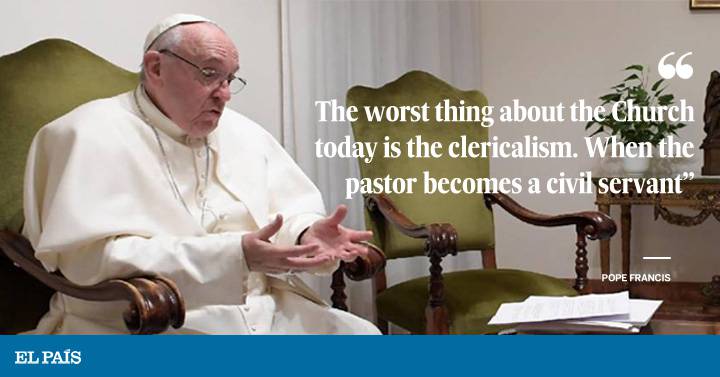Tuesday, March 13, 2018
Clericalism Within The Korean Church
A one-time editorial writer for a Korean daily newspaper writes in the Catholic Times on one of his encounters with clericalism. He recalls Cardinal Stephen Kim of the Seoul Diocese and remembers his death 9 years ago, missing him greatly. His words and actions come often to his mind. He was a pioneer in media and communication (dialogue and empathy).
The writer remembers the time the cardinal was the president for two years of the newspaper that later was to become the Catholic Peace Weekly—"It was the time with the clearest call to mission and the greatest joy of my priesthood...I worked with a passion even in difficult circumstances... I didn't even take time to eat and contemplated using vitamin tablets instead...." These are the words of Cardinal Kim looking over his life as a priest and leader in the church.
This enthusiasm and dedication came from the desire to bring to Korea the teaching of the Second Vatican Council. The Council opened-up wide the windows of the church to identify and read the signs of the times: media and communication were established as a core element in the teachings on Social Communication from the Council.
The Social Communication Committee was established in the Vatican, and in Korea the Catholic Journalism Council and the Mass-Communication Committee in 1967. As a bishop, he was appointed to head the committee.
Bishop Kim provided full support for the journalist club and invited a large number of lay members to join the committee. They worked together in harmony for half a century. The teaching of the Second Vatican Council prompted the Cardinal to have lay people participate in the discussions within the church especially with lay apostolate matters. Prior to this, all the activities were entrusted to the clergy.
Strange as it may sound, we have gone back to the time before the Council. The teaching of the Council is ignored.The committee in which the lay people where involved was dissolved and the lay people were excluded and reconstructed as a clerical committee from representative priests from the dioceses as a public relation committee.
He mentions an award ceremony it was not like in the past where you had a round table and an easy exchange between the laity and the clergy. Everybody was comfortable and at ease with each other.
This past year the writer mentions the atmosphere was different. A buffet-style meal, he was flabbergasted by the change. The first row was for priests and they were the only ones who were introduced, and gave the congratulatory addresses. Those of the laity who had labored for the church for years as journalists or active Catholic media leaders meant little in the atmosphere created.
The spirit of the Council and what Cardinal Kim tried to do is fading. He finishes with a quote from Pope Francis about the evil of clericalism. The role of clerics, he said, is to “stand alongside our people, accompany them in their search and stimulate their imagination in responding to current problems. We are called to serve them, not use them.”
Subscribe to:
Post Comments (Atom)

No comments:
Post a Comment